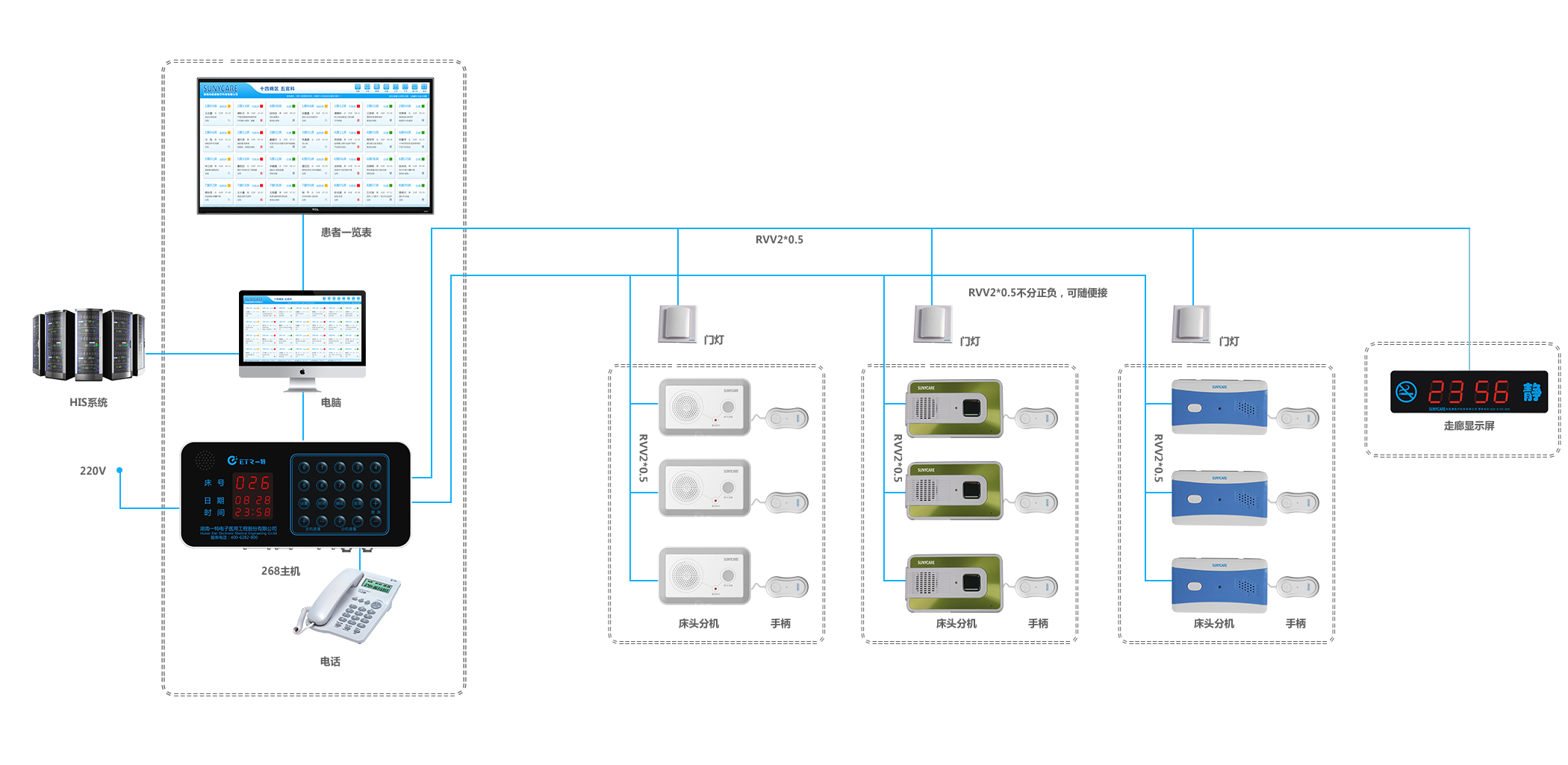Lotus daily management and pest control
The lotus is a perennial herb of water lily, which has been cultivated in China for at least 7,000 years. The Yangtze River basin is generally planted before and after the Ching Ming period. The annual period from June to August is the opening period of the lotus. The windy weather, high temperature, and high humidity during this period of time are the season of high pests and diseases. Therefore, we must strengthen daily management. (1) Water management: Lotus is an aquatic plant and it is inseparable from water during the entire growth period. Summer is the peak period of lotus growth, and the demand for water is also the largest. Therefore, it is necessary to pay attention to dehydration in the cylinder during the summer. Rainy season is more concentrated in the rainy season, and the water level of the lotus plant in the pond cannot be overwhelmed by the leaves. Attention should be paid to timely drainage to prevent the lotus from being destroyed. (b) fertilizer management: lotus hi fat, but excessive fertilization will burn seedlings, so it is necessary to apply thin fertilizer. Summer is the flowering period of lotus, and the demand for fertilizer is also greater than the seedling period. If the flower buds are out of water, the lotus leaf is thin and lean, and there are no lesions. This indicates that there is a shortage of fertilizer. Phosphorus and potassium fertilizers should be added in time. Fertilizer can be applied once every 15 to 20 days (cake fat or compound fertilizer can be used). Cylinder pots planted in lotus basins are sized to hold the fertilizer in the mud in the center of the bowl and allow it to slowly release. (C) Light Management: Lotus is a long-day plant, the cultivation site should have sufficient light. The row spacing of the lotus plants in the pot should be appropriate, and the overcrowded plants should be thin and tall, and there should be fewer vertical leaves. When the family grows lotus flowers in containers such as cylinders, pots, bowls, etc., the lotus should be placed in a place with sufficient sunlight or the lotus should be moved outdoors to receive light daily. After budding, the daily light should be no less than 6 hours, otherwise the plants will have yellowish leaves and withered buds. (D) pest control: common pests and diseases caused by black spots, rot, Spodoptera litura and so on. (1) Melasma: irregular brown lesions appear on the surface of the leaves at the initial stage, with slightly ringed lines, and black molds are formed on the later stages of the lesions. Several lesions often connect together to form large lesions. When the whole plant died. Control methods: In the early stage of onset, 50% carbendazim or 75% chlorothalonil 500 to 800 times solution was sprayed for prevention and treatment. (2) Rot Disease: The bluish-colored patches appear on the leaf margins at the beginning of the disease, and then spread into inward patches, and finally the whole leaf turns brown. After the onset of caries, the central part became brown and gradually became necrotic to the tarsal and stem. Control methods: Spray 50% carbendazim 500-600 times for the prevention and treatment at the early stage of disease. (3) Spodoptera litura: Newly hatched larvae colonize the leaf and back to feed on the leaves and leaves the epidermis and veins. The damaged leaves are gray like white screens. When the larva is larger, it disperses and kills the leaves. The leaves bite into nicks, and they can bite on buds and flowers. The damage is the most serious from June to October each year. Control methods: timely removal of pests and leaves, at the same time when the larvae cluster damage, in the evening spraying methamidophos 1000 times control. (4) Locust: Aphids have strong adaptability to climate and are widely distributed. They mainly suck the stems and leaves of plants, especially the young ones. The locusts have strong reproduction and adaptability, and the population is huge. Therefore, it is difficult to obtain a cure effect by various methods. It is necessary to regularly use an 80% dilution of dichlorvos emulsifiable concentrate spray 500 to 1000 times.
ETR Two-wired Nurse Call System is designed for providing the communication between patients in wards and medical personnel in nurses offices in case of any peculiar conditions in hospitals.,it has higher performance-cost ration and more simple installation than those products of the same variety.
Two-Wired Nurse Call System,Medical Nurse Call System,Calling System For Hospital,Nurse Call Station Hunan Eter Electronic Medical Project Stock Co., Ltd. , https://www.eter-tech.com
